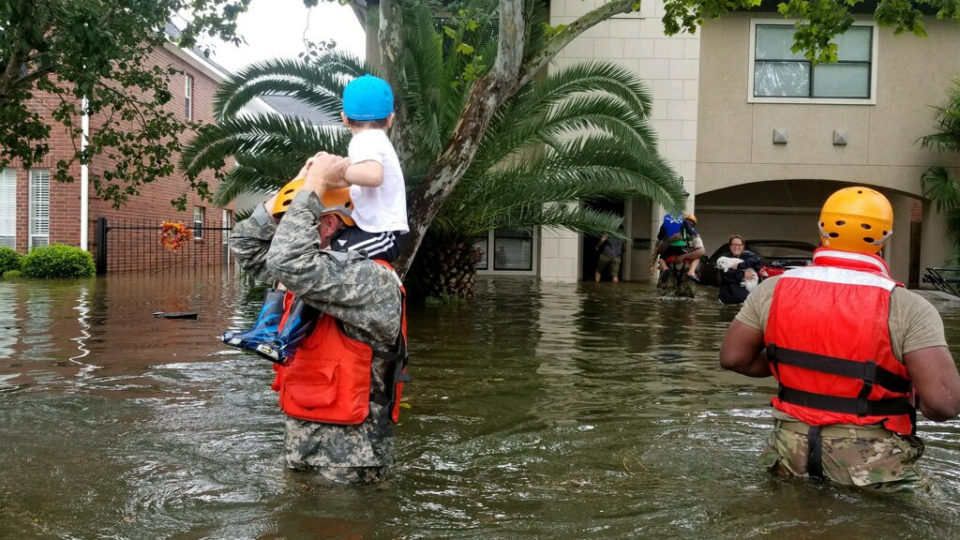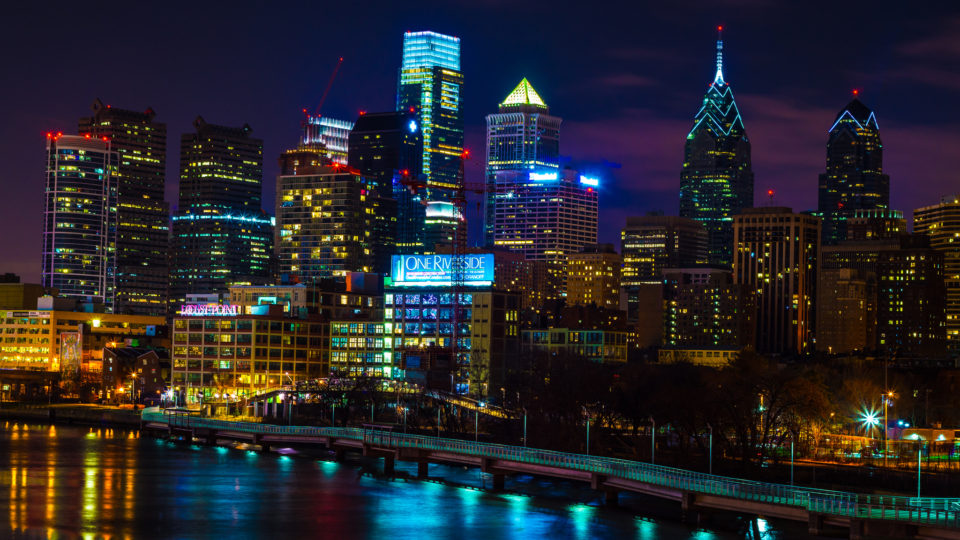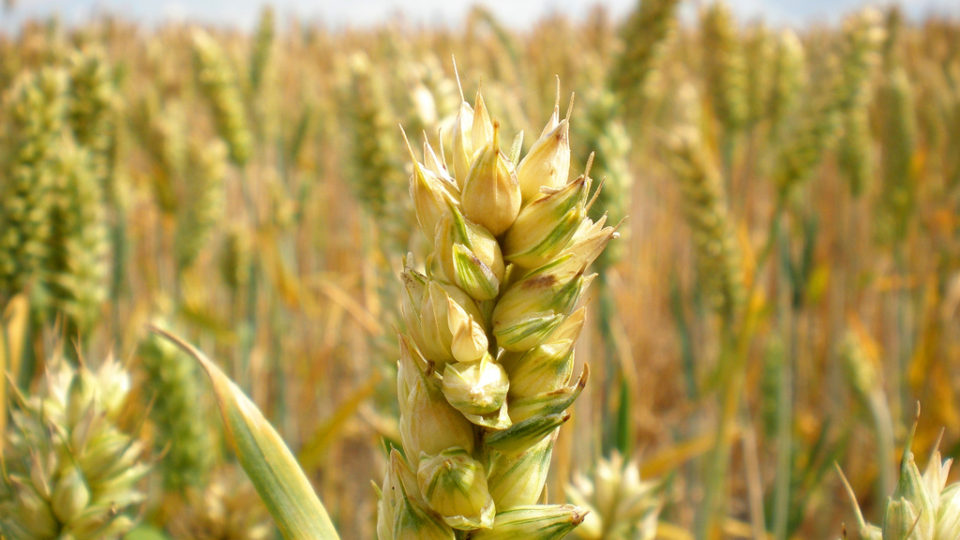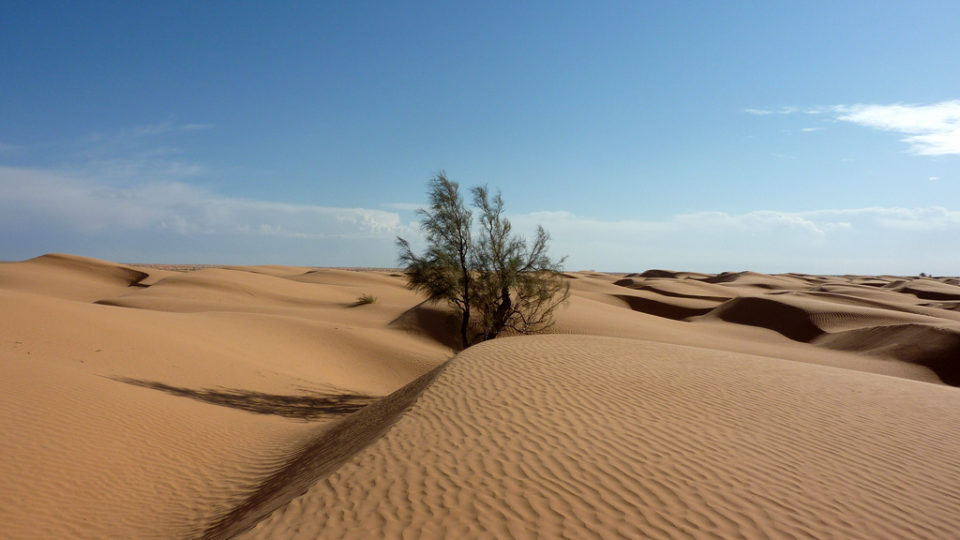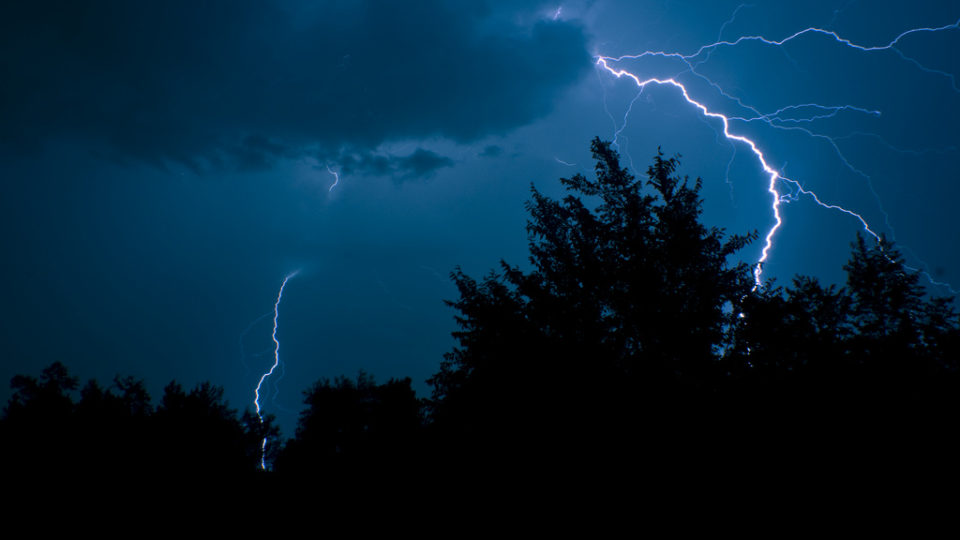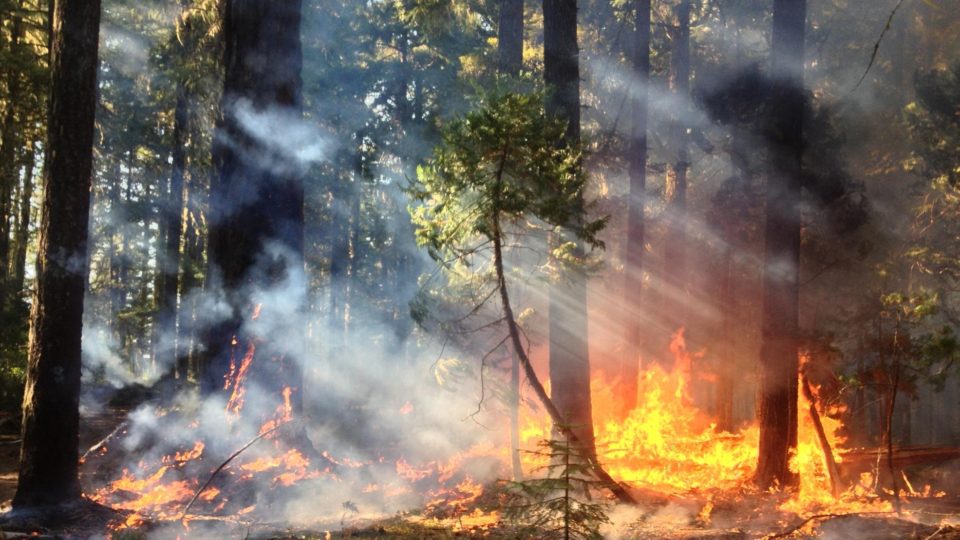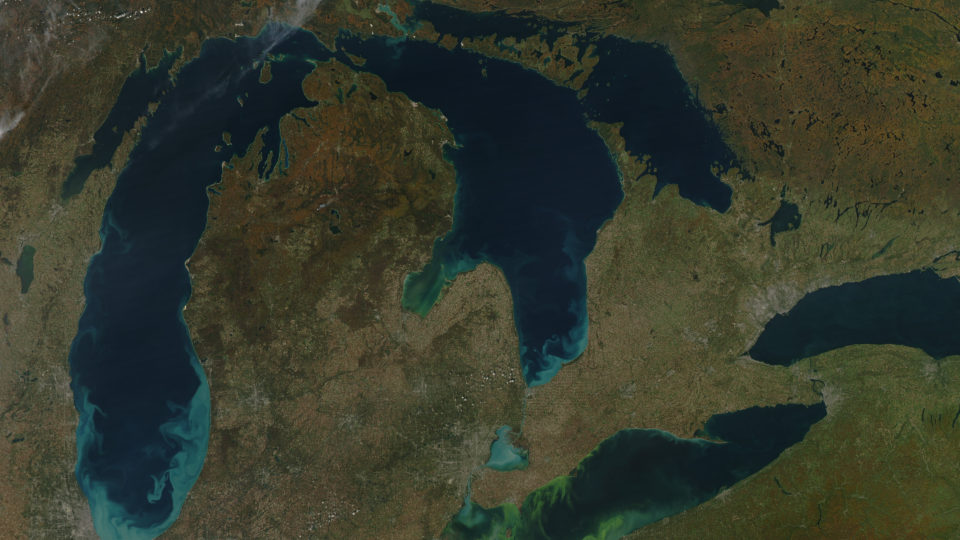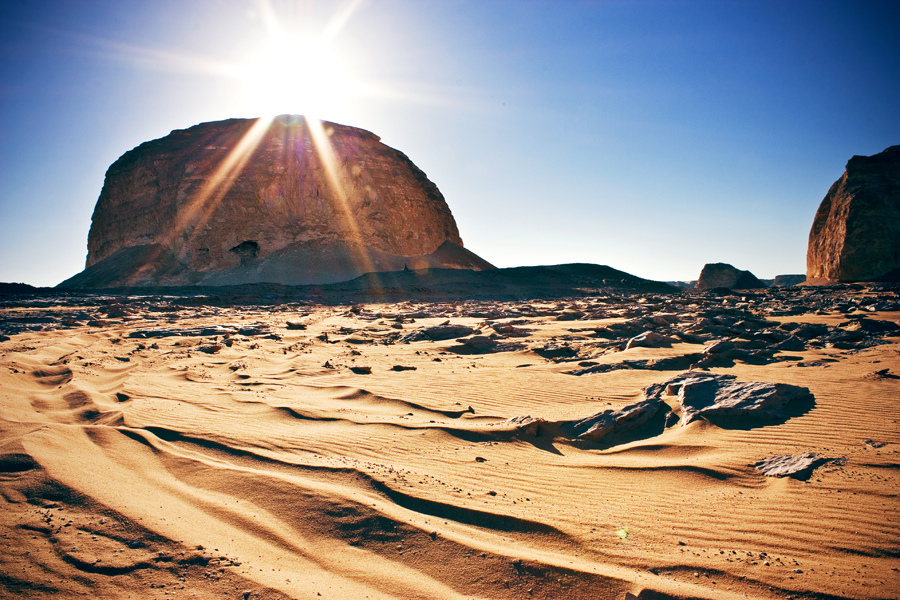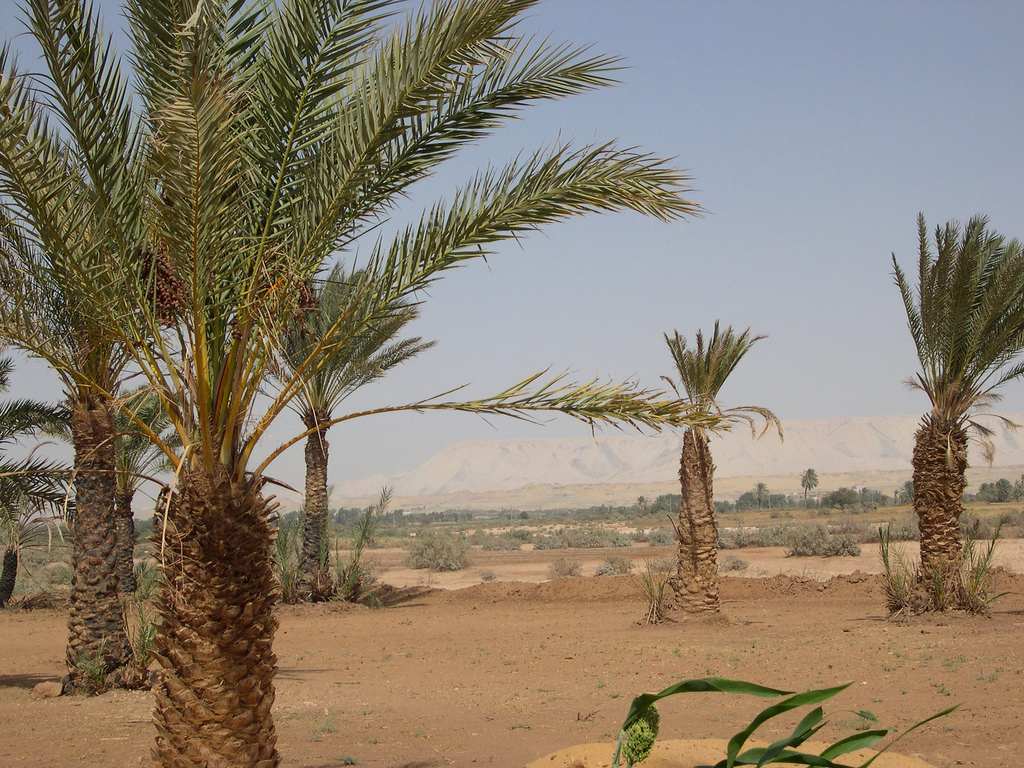rainfall
Green Solutions To Storm Water Runoff
Philadelphia, America’s fifth largest city, has struggled with storm water runoff problems since the days of Benjamin Franklin. The city’s numerous streams that run into the Schuylkill and Delaware Rivers were eventually covered with brick arches or cemented into underground sewers. The network of underground-to-riverfront outfalls through increasingly-larger pipes is pretty much how all U.S. cities have been coping with storm water for over 200 years.
Saving Wheat
Rising temperatures, drought, pests and diseases are moving north into the U.S. heartland and are increasingly posing a threat to the wheat crop. An insect called the Hessian fly is reducing crop yields by 10% a year in the Midwest. Average temperatures in the Midwest have risen by 2 degrees since 2000, and periods of time between rainfalls is lengthening. Conditions in some areas of the Midwest are getting to be more like those in the Middle East.
The Sahara Desert Is Expanding
Deserts are barren areas of land where little precipitation occurs, resulting in living conditions that are hostile for plant and animal life. These regions are typically defined by low average annual rainfall—usually 100 millimeters (less than 4 inches) of rain per year or less.
Extreme Weather Increasing
It sure seems like extreme weather is increasingly common: floods, droughts, extreme rainfall, powerful snowstorms, hurricanes and so on. But we tend to focus on recent events and often give them undue emphasis. So, it is reasonable to ask whether extreme weather really is more common these days.
Air Pollution Reducing Global Warming
Pollution particles emitted by diesel cars and trucks, coal-fired power plants, factories, primitive cook stoves, and the burning of forests are major contributors to the pervasive air pollution that plagues many cities and regions of the world. In India and China, such pollution leads to hundreds of thousands of deaths each year. And countries around the world are working hard to reduce pollution.
Global Warming And The Nitrogen Problem
Excess nitrogen in the environment is a big problem. The most visible aspect of the problem is the spread of toxic algae blooms in oceans, lakes and other bodies of water. But there are other effects as well such as unwanted alterations to ecosystems.
Sahara Greening And Tropical Cyclones
Global weather patterns are influenced by environmental conditions in places around the world. One of the world’s major weather creators is the Sahara Desert. The Sahara is the largest hot desert in the world. The only larger deserts of any sort are in the polar extremes of the planet and are thus not hot deserts at all.
Saving Saharan Oases
An oasis is an isolated area of vegetation in a desert, typically surrounding a spring or similar water source such as a pond or a small lake. Oases can provide habitat for animals as well as people. Oases have long been essential for trade and transportation routes in desert areas; caravans typically travel via oases so that supplies of water and food can be replenished.
Climate Change And Reindeer
Hundreds of thousands of reindeer roam Russia’s Yamal Peninsula, which is located in northwestern Siberia, and are herded by the indigenous Nenets people, reportedly among the Arctic’s last truly nomadic reindeer herders. Reindeer provide these indigenous people with transportation, food, clothes, and even tools made from their bones. Reindeer are well suited for the freezing temperatures and thick snow of this climate. But they are not well suited for climate change.
Making It Rain
It seldom rains in the United Arab Emirates. Some areas of the UAE receive less than five inches of rain annually, and often little to none at all during the summer months when temperatures can climb above 110 degrees Fahrenheit. These conditions have led to water security concerns particularly in Dubai, a blossoming international destination, as well as in rural, farming communities.
